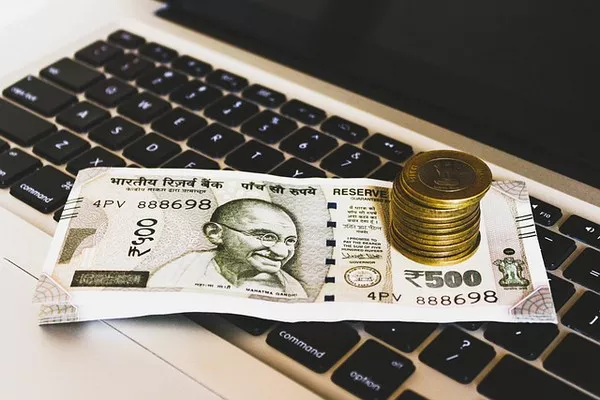The Indian Rupee (INR) surged to a three-month high against the US Dollar (USD) on June 18, 2025, following a series of aggressive foreign exchange (forex) interventions by the Reserve Bank of India (RBI). The currency strengthened to 81.35 per USD, marking its strongest level since mid-March 2025, as investor confidence grew amid robust economic indicators and proactive monetary policies. Analysts attribute this rally to a combination of RBI’s strategic dollar sales, improved trade balance, and strong foreign institutional investor (FII) inflows into Indian equities and debt markets.
The RBI has been actively managing forex reserves to curb excessive volatility in the INR. Over the past month, the central bank sold nearly $12 billion from its reserves to stabilize the rupee, while simultaneously absorbing excess liquidity through open market operations. RBI Governor Shaktikanta Das emphasized that these measures aim to ensure orderly market conditions while maintaining adequate forex reserves, which currently stand at $645 billion—a comfortable cushion against global uncertainties.
Market experts suggest that the RBI’s actions have been well-timed, coinciding with a broader weakening of the US Dollar Index (DXY), which fell by 0.8% this week due to softer-than-expected US retail sales data. A weaker dollar typically benefits emerging market currencies like the INR, and the RBI’s interventions have amplified this effect.
Improved Trade Dynamics Support INR Strength
India’s trade deficit narrowed significantly in May 2025, dropping to $12.8 billion from $18.4 billion in April, driven by a sharp decline in gold and oil imports. Crude oil prices have moderated to $72 per barrel, easing pressure on India’s import bill. Meanwhile, exports rebounded by 6.2% year-on-year, led by pharmaceuticals, engineering goods, and IT services.
Commerce Minister Piyush Goyal highlighted that new trade agreements with the European Union and ASEAN nations are starting to yield results, with export orders rising in key sectors. The government’s Production-Linked Incentive (PLI) schemes have also boosted manufacturing exports, reducing reliance on volatile commodity imports.
Foreign institutional investors (FIIs) injected $3.5 billion into Indian equities in the first two weeks of June, the highest monthly inflow since January 2025. The benchmark Sensex and Nifty indices have rallied by 9% and 8.5% respectively this quarter, outperforming most emerging markets.
Deven Choksey, Managing Director of KRChoksey Holdings, noted, “India’s stable macroeconomic fundamentals, coupled with strong corporate earnings, make it a preferred destination for global investors. The INR’s appreciation is a natural outcome of sustained FII inflows.”
Debt markets have also seen renewed interest, with overseas investors purchasing $1.2 billion worth of Indian government bonds in June. The inclusion of Indian bonds in JP Morgan’s Emerging Market Bond Index, effective from June 2025, has further bolstered demand.
Despite the INR’s rally, economists caution that risks remain. Domestic inflation edged up to 5.1% in May, driven by food price volatility, which could limit the RBI’s ability to cut interest rates. Globally, escalating tensions in the Middle East and fluctuating crude oil prices pose threats to currency stability.
Moreover, if the US Federal Reserve delays rate cuts due to sticky inflation, the USD could regain strength, reversing some of the INR’s gains. RBI officials have indicated readiness to deploy further measures, including non-deliverable forward (NDF) market interventions, to prevent abrupt currency swings.
Most analysts expect the INR to trade between 81.00 and 82.50 per USD in the near term, supported by RBI actions and favorable macroeconomic trends. However, a sustained breach below 81.00 would require stronger fundamentals, such as consistent export growth and deeper capital inflows.
As India positions itself as a key player in global supply chains, the rupee’s resilience will depend on structural reforms, fiscal discipline, and stable external conditions. For now, the INR’s upward trajectory reflects growing confidence in India’s economic prospects—a sentiment that could strengthen further if reforms and global tailwinds persist.
You Might Be Interested In:
- How to Buy INR Currency Online at the Best Rates
- How to Send Money to India from the United States:…
- Who Controls the Supply of Money in India?


